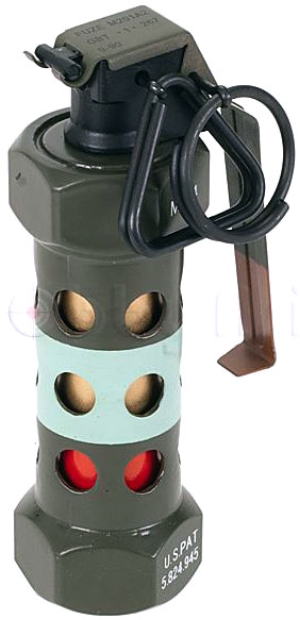


Of the three types of common LPG fuels you’ll find in the camping section, propane provides the highest vapor pressure and therefore the best cold-weather performance. So which fuels are which? Let’s take a look at them one by one: Propane (C 3H 8) And, when outside temperatures are cold, low-vapor-pressure fuels will fail to perform altogether, while other fuels or fuel mixes will keep on charging. The combination of the low-vapor-pressure fuel and this natural cooling phenomenon leads to very poor stove performance.

For this reason, pure propane wouldn’t do so well to power a stove in those kinds of extreme conditions.įuel canisters filled with a low-vapor-pressure fuel lose their pressure faster during use because as fuels vaporize, they cool. You could pour it into a cup and it would sit there like water without vaporizing off. Pure propane, for example, is liquid at -44☏/-42☌ at sea level. LPG fuels exist as liquid under high pressures and in cold temperatures. The key difference between propane, isobutane and butane is what’s referred to as their “vapor pressure.” Vapor pressure describes a fuel’s ability to vaporize and keep the canister pressurized at a given temperature. Each of these fuels falls into the general class of Liquefied Petroleum Gas (LPG), but there are some important differences between them that can have a real impact on the quality of your stove experience-particularly if you camp in cold weather, or go for long trips and use your stove for more than a few minutes at a time. Backpacking canister fuels, such as MSR’s IsoPro, typically use a blend of propane, isobutane and/or butane. We’ll also share candidly where other fuel canisters can sometimes be equivalent. In this article, we’ll discuss what makes up MSR IsoPro™ fuel and why it’s some of the best canister fuel on the market.


 0 kommentar(er)
0 kommentar(er)
